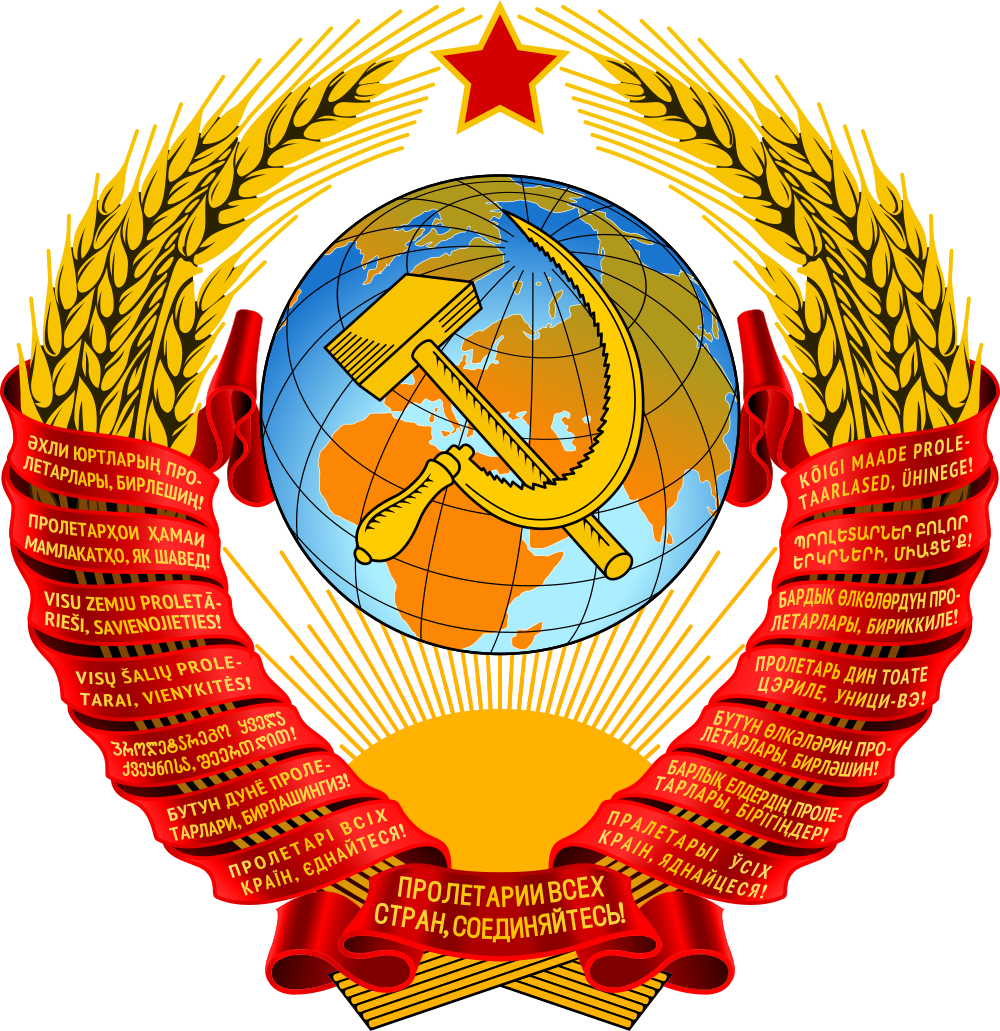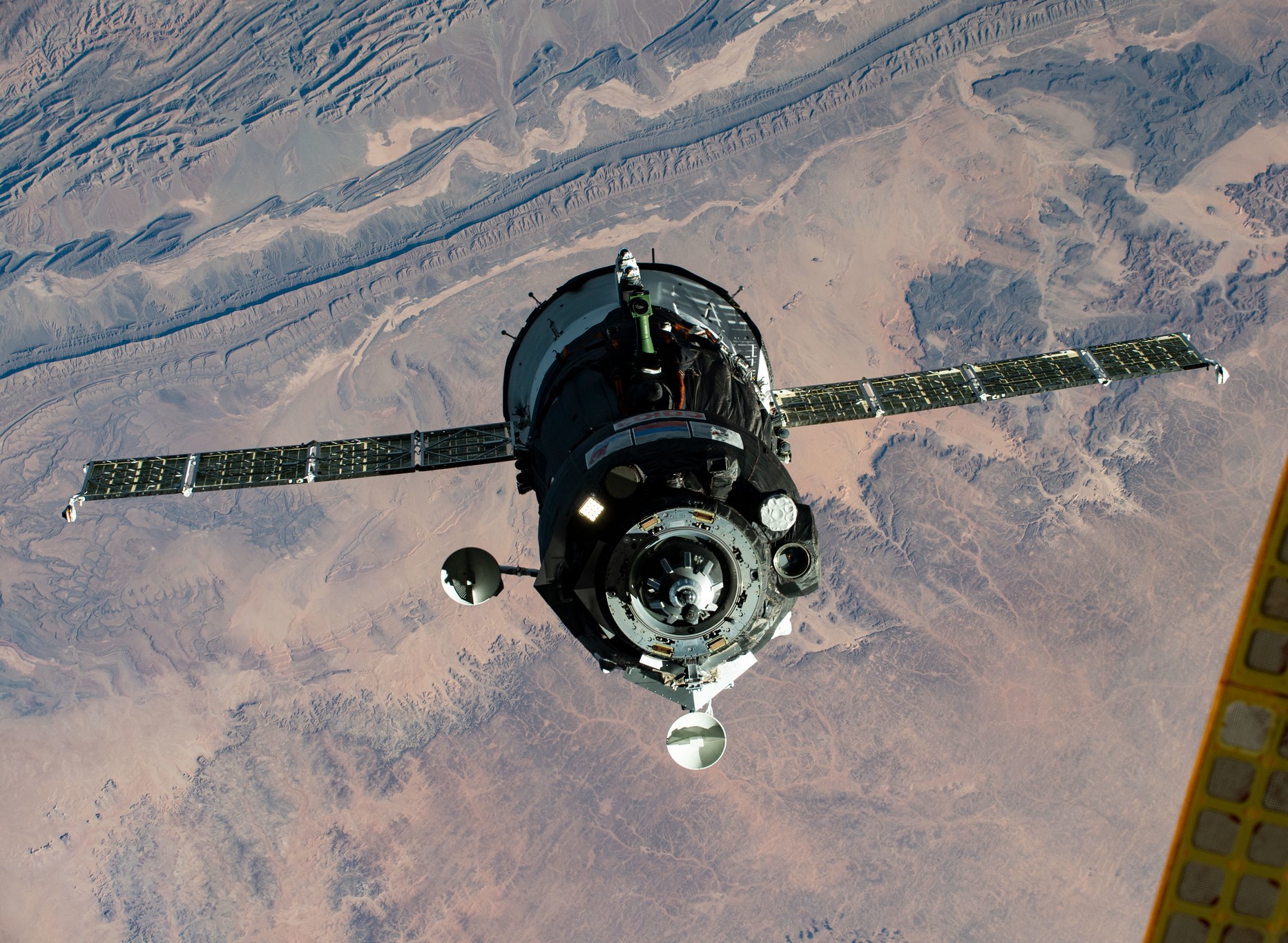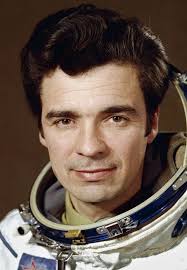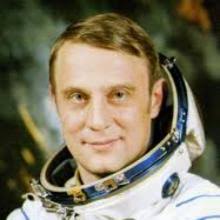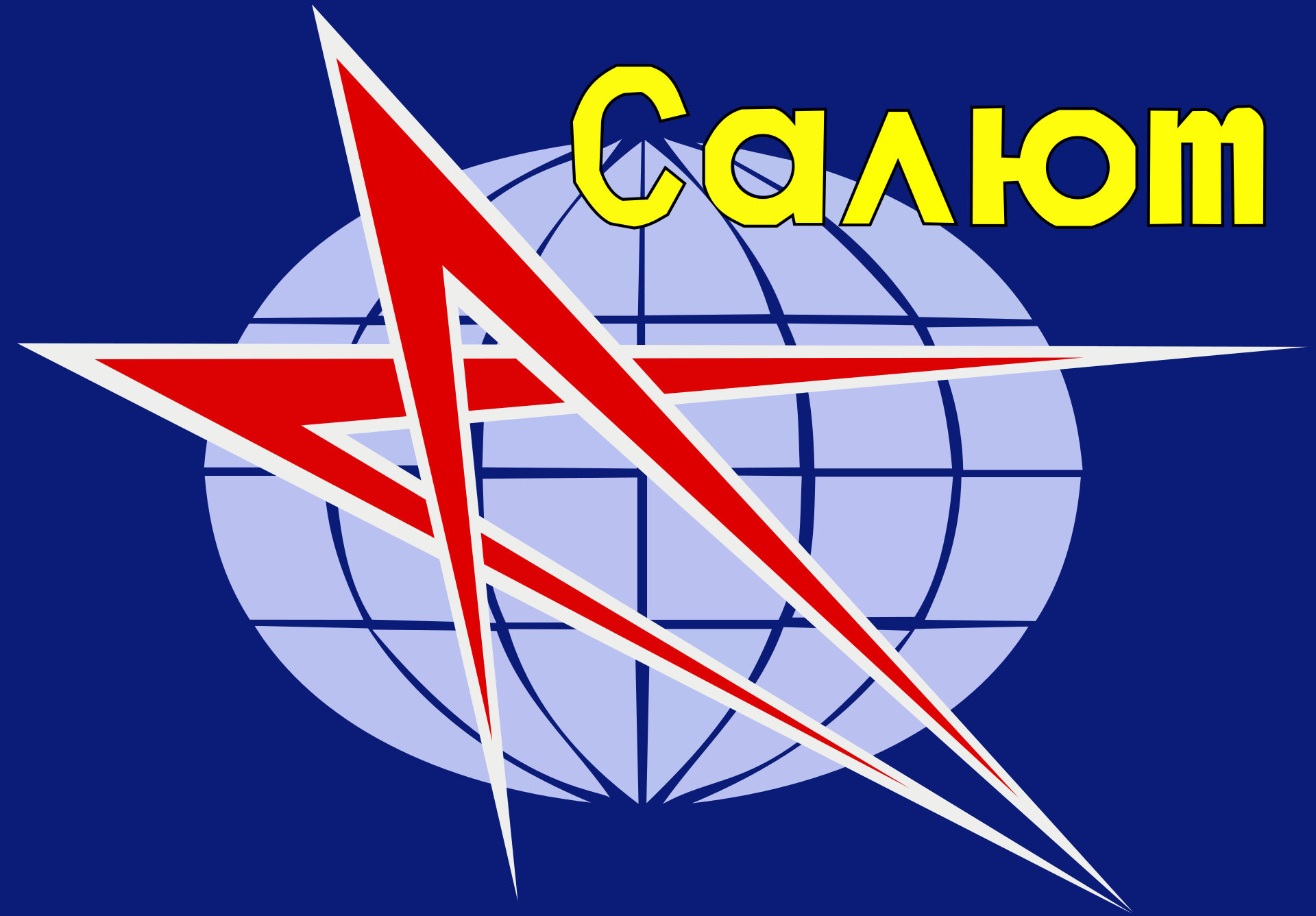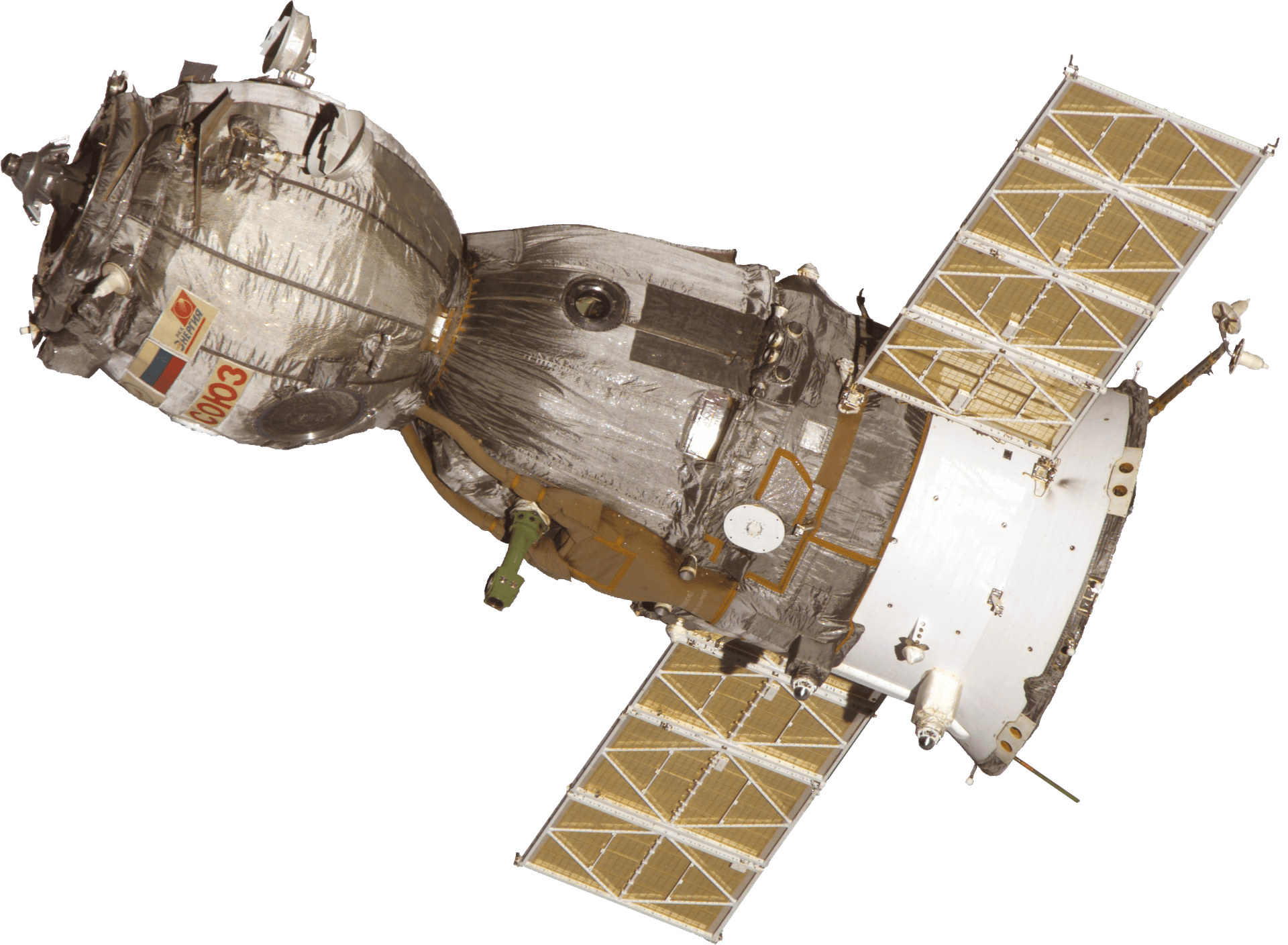Soyuz | Soyuz 23
1/5
Baikonur Cosmodrome, Republic of Kazakhstan
T?
--
Days
:
--
Hours
:
--
Mins
:
--
Secs
Date Loading...
Soviet Space Program
The Soviet space program, was the national space program of the Union of Soviet Socialist Republics (USSR) actived from 1930s until disintegration of the Soviet Union in 1991. The Soviet Union's space program was mainly based on the cosmonautic exploration of space and the development of the expandable launch vehicles, which had been split between many design bureaus competing against each other. Over its 60-years of history, the Russian program was responsible for a number of pioneering feats and accomplishments in the human space flight, including the first intercontinental ballistic missile (R-7), first satellite (Sputnik 1), first animal in Earth orbit (the dog Laika on Sputnik 2), first human in space and Earth orbit (cosmonaut Yuri Gagarin on Vostok 1), first woman in space and Earth orbit (cosmonaut Valentina Tereshkova on Vostok 6), first spacewalk (cosmonaut Alexei Leonov on Voskhod 2), first Moon impact (Luna 2), first image of the far side of the Moon (Luna 3) and unmanned lunar soft landing (Luna 9), first space rover (Lunokhod 1), first sample of lunar soil automatically extracted and brought to Earth (Luna 16), and first space station (Salyut 1). Further notable records included the first interplanetary probes: Venera 1 and Mars 1 to fly by Venus and Mars, respectively, Venera 3 and Mars 2 to impact the respective planet surface, and Venera 7 and Mars 3 to make soft landings on these planets.
Soyuz 23
Soyuz 23 was meant to be the second crewed flight to the Salyut 5 military space station. The mission began on October 14, 1976, 17:39:18 UTC, launching Commander Vyacheslav Zudov and Flight Engineer Valery Rozhdestvensky into orbit. They arrived at the station, but equipment malfunction did not allow docking and the mission had to be aborted Soyuz 23 returned to Earth on October 16, 1976, 17:45:53 UTC, with an unintended splashdown in partially frozen Lake Tengiz. The capsule sunk, and due to fog and other adverse conditions it took nine hours for the rescue team to recover the capsule and crew.
Soyuz 23
Serial Soyuz 7K-T/A9 11F615A9 #65
Launch Crew Count 2
Status Single Use
Landing Time 1976-10-16T17:45:53+0000
Crew
Vyacheslav Zudov
Commander
Nationality Russian
Date Of Birth 1942-01-08
Status Retired
Type Government
Valery Rozhdestvensky
Flight Engineer
Nationality Russian
Date Of Birth 1939-02-13
Deceased 2011-08-31
Status Deceased
Type Government
Soyuz
Height 0.00 Meters
Max Stages 0
Mass To GTO 0 kg
Liftoff Thrust 0 kN
Diameter 0.00 Meters
Mass To LEO 0 kg
Liftoff Mass 0 Tonnes
Launch Success 30
Consecutive Success 3
Maiden Flight 1966-11-28
Launch Failures 2
Programs
Salyut
The Salyut programme was the first space station programme, undertaken by the Soviet Union. It involved a series of four crewed scientific research space stations and two crewed military reconnaissance space stations over a period of 15 years, from 1971 to 1986.
Soyuz
The Soyuz programme is a human spaceflight programme initiated by the Soviet Union in the early 1960s. The Soyuz spacecraft was originally part of a Moon landing project intended to put a Soviet cosmonaut on the Moon. It was the third Soviet human spaceflight programme after the Vostok and Voskhod programmes.

